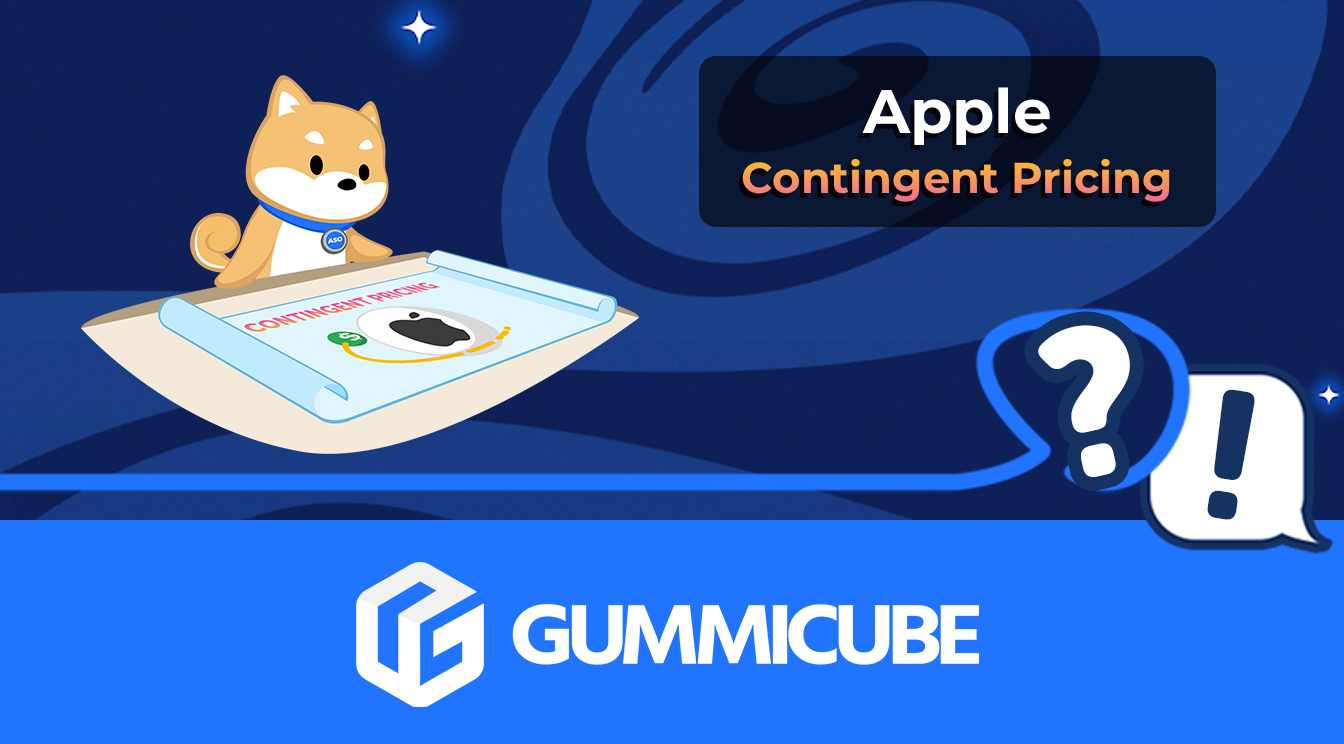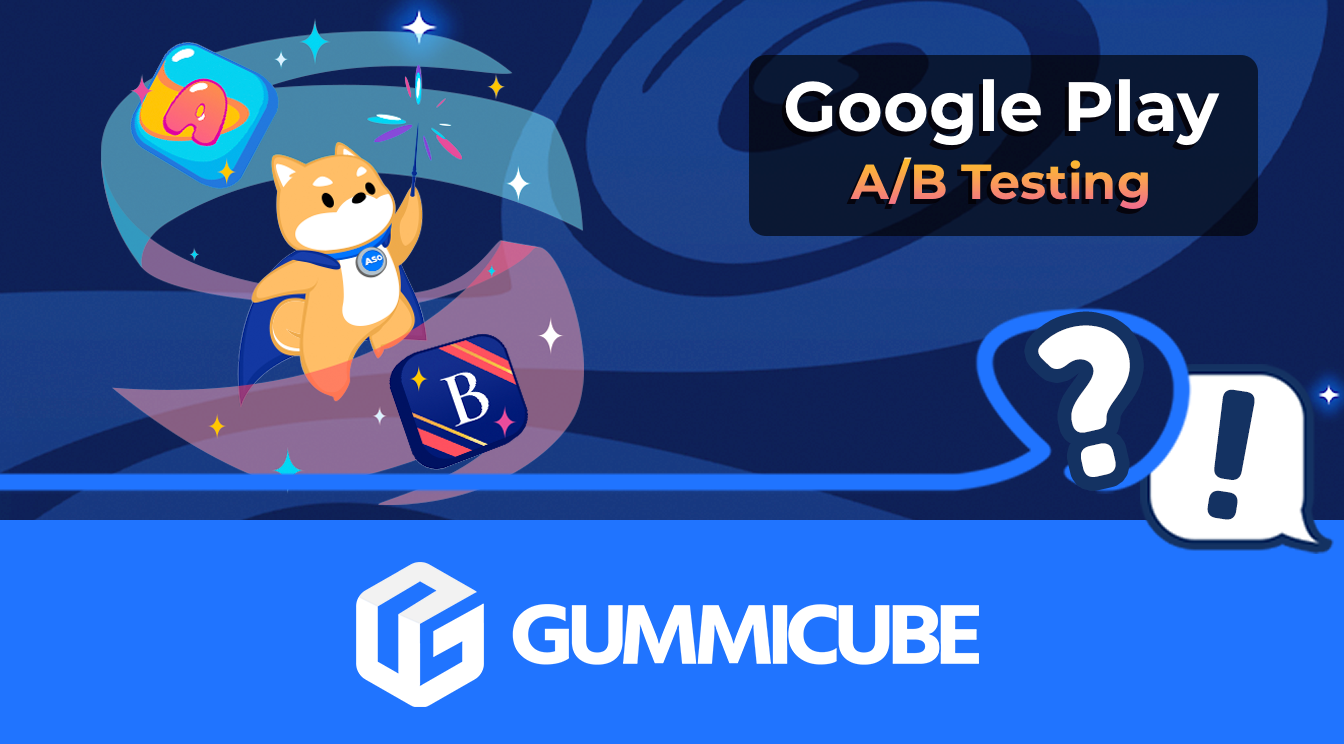
App Store Screenshot Dimensions & Guidelines
Posted on August 1st, 2024
Make sure your app stays compliant with the latest App Store Screenshot Dimensions & Guidelines here

In a continuously competitive mobile app market, resonating with your target audience can be the differentiator between standing out among the competition or falling to the wayside. The only way to determine if your app connects with its intended user base is by continuously testing different app listing variables to determine which is most effective.
Android developers can run mobile A/B tests to optimize various aspects of their app’s Google Play page through Google’s Store Listing Experiments. Below we’ll detail the benefits of implementing them into your ASO strategy to pinpoint winning asset combinations.
The core purpose of Store Listing Experiments is to provide developers with a native tool they can leverage to run Android A/B tests. Experiments allow you to test different versions of elements in your app listing including:
Unlike the limitations found on Apple’s Product Page Optimization (PPO), Store Listing Experiments provide a more in-depth approach to customizing your assets. Google Play A/B testing campaigns let you edit copy as well as creative sets to determine which combination of both text and imagery are most effective. Apple PPO, on the other hand, only lets you test creatives.
An icon background color may convert better than your current one. Maybe what you need is a change of voice in your description. Or is it your screenshots that need work? By testing different variations of these elements, you can determine which version performs better in terms of conversion rates, downloads, and retained installers.
You can also set up a Store Listing Experiment to evaluate how your audience will react to new offers and features. Whether pushing a new item available for purchase, announcing a product, or running a promotion, Google Play Experiments help you find the most effective way to market your service.
A Play Store A/B test can help you experiment with different promotional hooks, copy structures, and screenshot images that highlight what you are offering. Consider combining this approach with different holidays and seasonal events to create a relevant campaign for your audience. You can then take a look at your Google Analytics dashboard for a look into how your Store Listing Experiment is performing.
Ultimately, the primary goals of App Store Optimization are to improve your app visibility and conversion rate across keywords. Using the tools Google provides to achieve this is a great way to increase performance and monitor results without having to leave Google’s ecosystem.
Store Listing Experiments can help by letting you test different top-of-funnel user experiences to see which yields the best outcome. If an A/B test drives an increase in an app’s clickthrough rate, you should consider applying that change to the element you tested so your current listing is optimized to piggyback off of those initial results.
Incorporating listing elements that have proven to increase conversions have the highest probability of improving your app’s visibility and revenue potential. Rather than flying blindly and editing assets in hopes of driving conversions, modify each app iteration with reliable data in hand to justify the change you are making.
Trying to determine the best combination of assets for your app listing without a native testing or ASO tool can be time-consuming and resource-intensive. You want to have an up-to-date Google Play listing while simultaneously testing different variants without worrying about your app indexing incorrectly because of the constant changes.
Store Listing Experiments streamline the process, allowing you to set up and run mobile A/B tests quickly while avoiding sudden and drastic changes to your existing Play Store Listing. You can save time and money by running an Experiment that doesn’t interrupt your current Play Store listing but also provides insight into what you can change for your next update. Additionally, this can all be done within your Google Play Console, consolidating all of your A/B testing efforts in one place.
While Google offers a seamless platform for you to experiment with different app listing elements, it has its limitations. By leveraging top industry ASO tools that provide insight into the competition, you can make smarter decisions when setting up your Google Play Store Listing Experiments. The combined effort of Store Listing Experiments and in-depth ASO data can provide the insight necessary to stay on top of the competition and search rankings.
Store Listing Experiments are a powerful tool for mobile app developers and marketers alike. They provide an efficient way to run mobile A/B tests on the different app listing variants and promote relevant app features, all while never leaving Google’s platform.
Optimize your app for conversions by setting up your own Google Store Listing Experiment today to understand your audience, adjust your ASO strategy, and take your app growth to new heights.
Looking for more in-depth mobile A/B testing technology? Get in touch with Gummicube today to find out how we can help!

Make sure your app stays compliant with the latest App Store Screenshot Dimensions & Guidelines here

Soon developers will be able to extend their customer lifetime value with a handy new way of providing subscription offers directly through Apple. Contingent Pricing looks to act as a revolutionary new system for leveraging new upsell & cross-sell opportunities all within Apple’s ecosystem.

Have you ever A/B tested your Google Play listing? If not, you're probably navigating the Play Store marketing blind, and leaving valuable installs on the table.